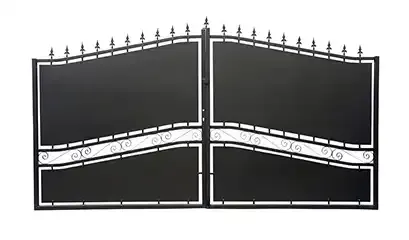helical soil anchors
Oct . 07, 2024 06:49
Helical Soil Anchors An Innovative Solution for Ground Stabilization
Helical soil anchors have emerged as an effective and innovative solution for various applications requiring ground stabilization, particularly in civil engineering and construction projects. These anchors utilize a unique helix design that allows them to be installed in a variety of soil types, providing superior support and stability for structures such as telecommunications towers, retaining walls, and foundations.
The design of helical soil anchors consists of a central shaft with one or more helical plates attached. These plates, resembling large screws, are helixed to facilitate easier insertion into the ground. When the anchor is twisted into the soil, the blades engage with the surrounding material, creating substantial resistance that can safely bear tensile, compressive, and lateral loads. This makes helical anchors particularly advantageous for applications that require both load-bearing capacity and soil stability.
One significant benefit of using helical soil anchors is their versatility. They can be installed in various environmental conditions and soil types, including sandy, clayey, and rocky soils, making them suitable for a wide range of projects. Moreover, their installation process is relatively quick and can often be completed with minimal disruption to the surrounding site. This efficiency is a major advantage over traditional methods, which may require extensive excavation and can be time-consuming.
Another advantage is the minimal environmental impact associated with helical anchors. Since they are installed without the need for large drilling equipment or heavy machinery, the disturbance to the soil structure and local ecosystem is significantly reduced. This characteristic makes helical anchors an environmentally friendly option for projects where environmental preservation is a priority.
helical soil anchors

Helical anchors are also highly effective for both temporary and permanent applications. In temporary structures, such as supports for scaffolding or excavation, they can provide immediate stability. For permanent structures, they can be designed to last for decades or even longer, offering a reliable solution that withstands the test of time.
The ability to monitor the performance of helical anchors in real-time is an additional advantage. Engineers can employ instrumentation and load testing to assess how well the anchors perform under various load conditions. This adaptability allows for the adjustment of designs based on real-world data, ensuring the safety and effectiveness of the structures they support.
In recent years, the use of helical soil anchors has grown in popularity, driven by advances in engineering practices and an increasing awareness of sustainable construction methods. As cities continue to expand and the demand for safe and stable structures rises, helical soil anchors provide a practical solution that meets both the structural needs and environmental considerations of modern construction.
In conclusion, helical soil anchors represent a significant advancement in ground stabilization technology. Their versatility, ease of installation, minimal environmental impact, and adaptability make them an excellent choice for a variety of applications. As the industry evolves and technology continues to improve, the role of helical soil anchors will likely expand, further solidifying their place in engineering and construction practices around the globe.




















